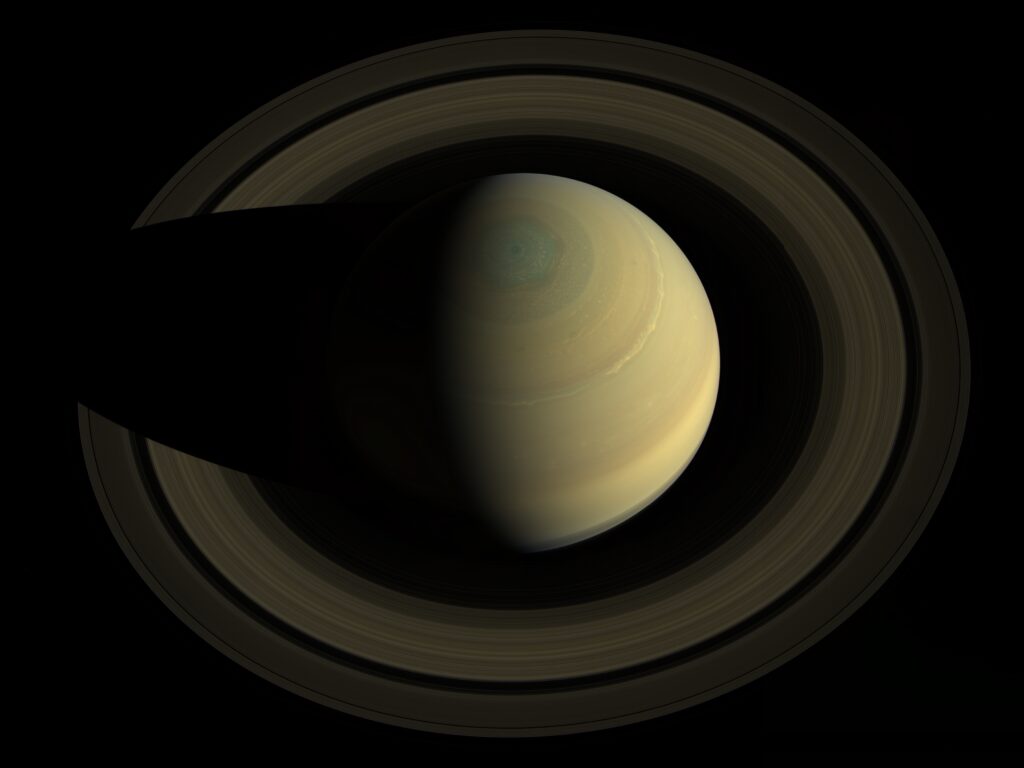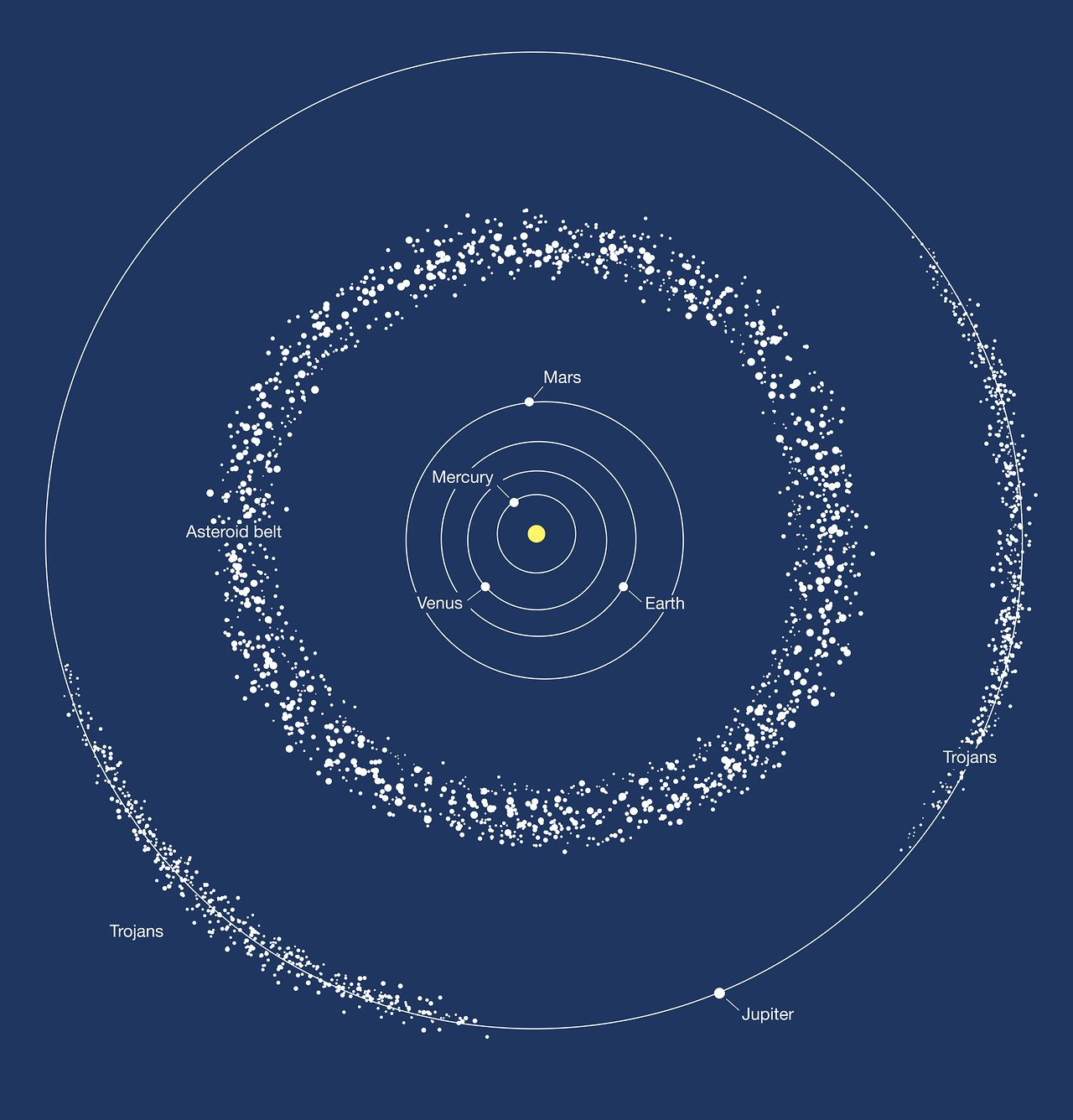An international team of astronomers has confirmed that asteroid 2019 UO14 is a Saturn Trojan asteroid. As of today, it is the first such object found near the sixth planet from the Sun.

Trojan asteroids are bodies located in the neighborhood of the L₄ and L₅ Lagrangian points. In these places, the gravity of the planet and the Sun balance each other out. This allows asteroids to stay there for a long time. They move around the Sun along the planet’s orbit 60° ahead ( L4 point) or behind it ( L5 point).
Jupiter has the largest number of Trojan asteroids. To date, astronomers have found more than 10,000 such objects. Such a large number is explained by the planet’s neighborhood with the asteroid belt. They will be the target of the Lucy mission, which will make flybys of several Jupiterian Trojans between 2027 and 2033.

Most of the other planets in the Solar System, including our planet, also have Trojan asteroids (although not as many as Jupiter). Until recently, one of the few exceptions was Saturn. But now astronomers have also managed to find its first Trojan. It is designated 2019 UO14.
Asteroid 2019 UO14 was first spotted back in 2019, but it was not known then whether it was a Trojan asteroid. To give it this title, astronomers needed to clarify its orbital characteristics. For this, they made a series of observations and studied archival images. They confirmed that 2019 UO14 was really a Saturn Trojan asteroid. It is 60° ahead of the planet and makes one orbit around the Sun in 30 years.
Similar to most other Trojan asteroids, 2019 UO14 is suspected to have an unstable orbit. It is affected not only by Saturn’s gravity, but also by Jupiter’s. The research team suspects that the asteroid has only been Trojan for a couple thousand years and will probably remain Trojan for about another thousand years.
According to Phys.org


